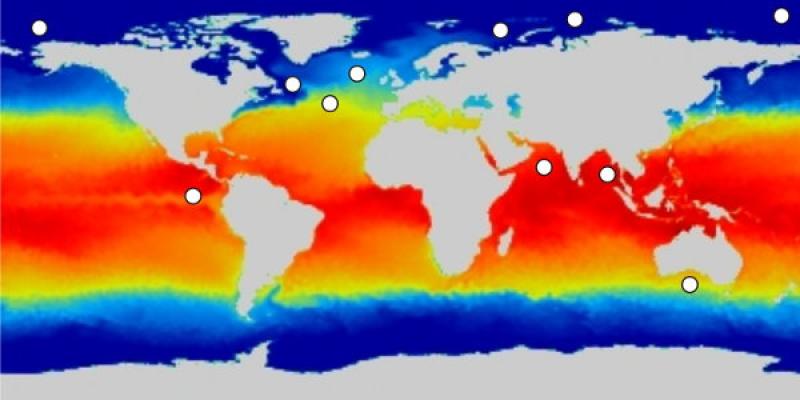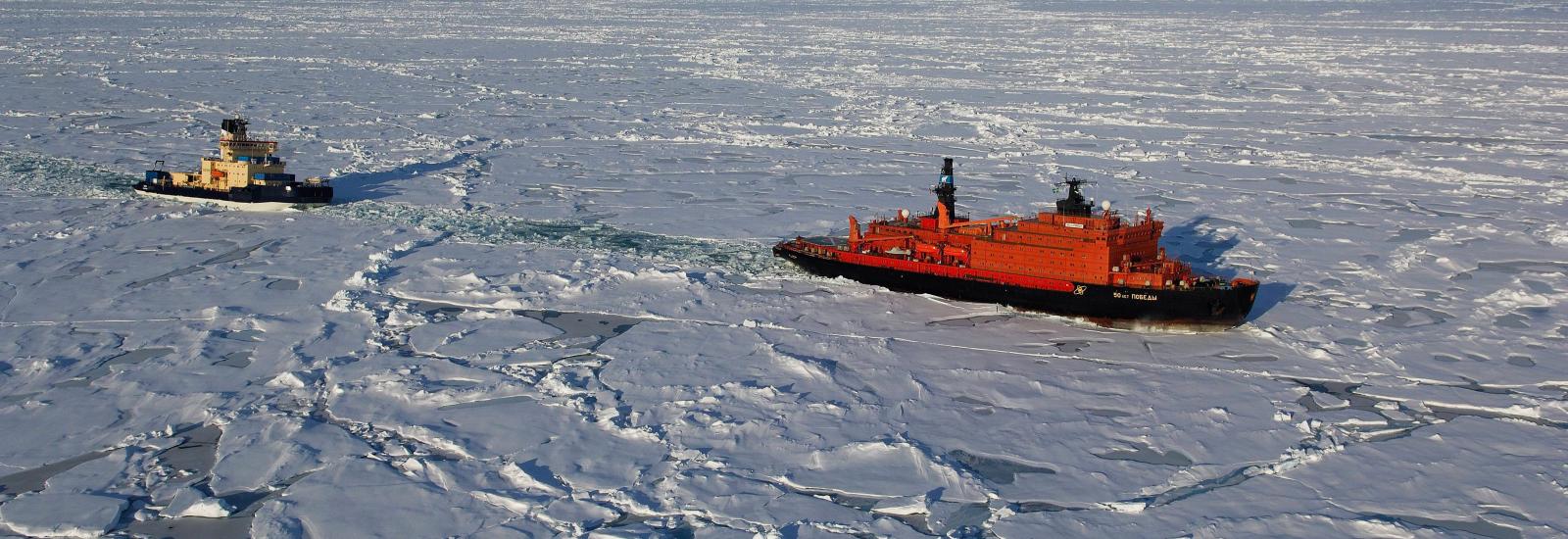The Main Focus of Paleoceanography
The main focus of paleoceanography is the history of the ocean in the geologic past and its interactions with climate and cryosphere. These studies are especially important today as we are witnessing the profound changes in the Earth climatic and oceanic systems. Many of these changes exceed the scope of historical observations and cannot be comprehended without a longer-term paleoclimatic perspective.

The sea floor sediments studied by the group contain mineral and biological particles that are used for investigating past climate changes. A common type of biological particle is foraminifers (commonly called forams), which are single-celled, amoeba-like protists that have a shell and either live on the sea bottom or float in the upper water column. There are an estimated 4,000 species living today. Foraminifers are sensitive to changes in their environment such as temperature and salinity, which makes them useful indicators (proxies) of past climate changes.
Sea floor sediments
In the Arctic, BPCRC geoscientists have participated in the establishment of major national and international research initiatives, such as the Healy-Oden TransArctic Expedition (HOTRAX 2005), contributing significantly to the knowledge of Arctic Quaternary paleoclimate, glaciation history, and recent sedimentary and oceanographic processes.

